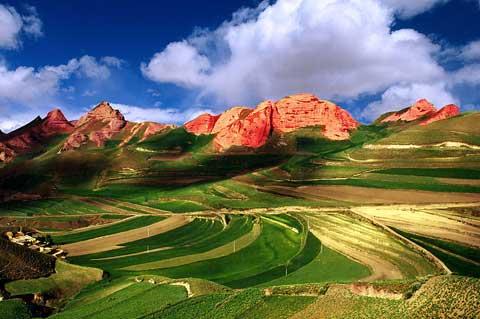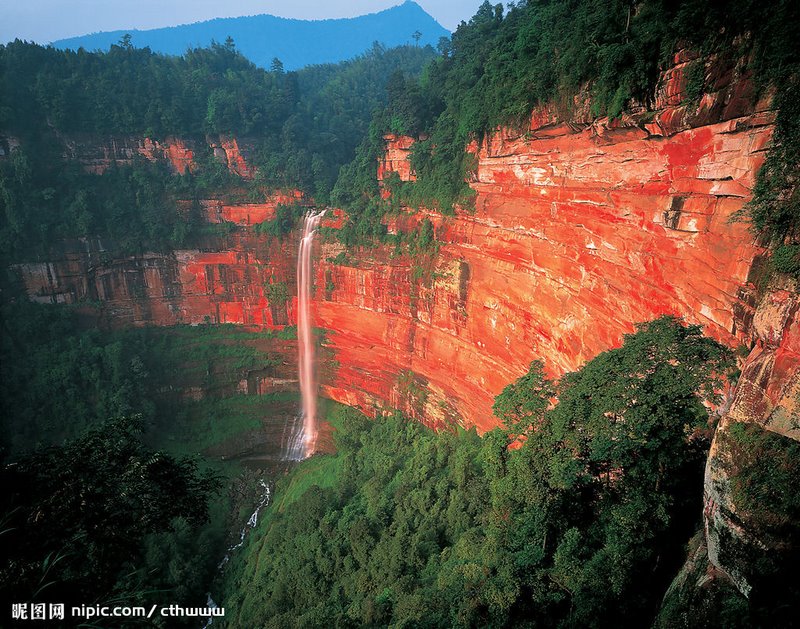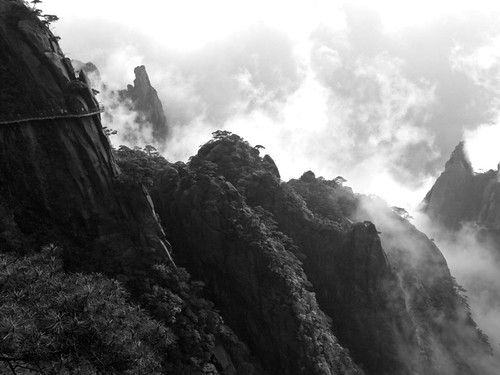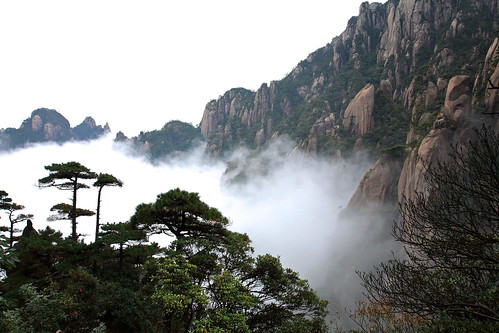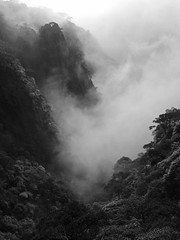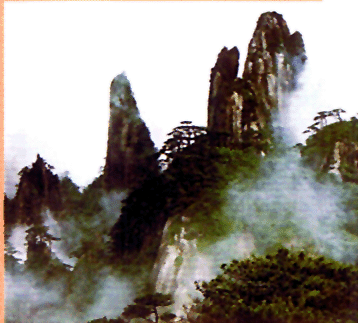On the banks of the Don River, in the picturesque Voronezh region of Russia lies one of the most fascinating tourist attractions this country has to offer - the Spassky Cave Church. It’s believed the first caves were dug into the cretaceous mounts of Kostomarovo before the adoption of Christianity in Russia. Hermit monks would use these austere cell-like spaces to hide from persecution, and it wasn’t until the 12th century that the first rock monastery was carved in the region. Because there is no any historical note, it is difficult to pinpoint the exact date the Spassky Cave Church appeared near the small Russian village of Kostomarovo, but it is now considered one of the most incredible monuments of ancient architecture in Russia.
The Svyato-Spassky Convent in Kostomarovo is an ancient cave monastery located about 150 kilometers south of the town of Voronezh, just 3-hours drive away. There are two churches in these caves: a big Spassky temple with columns and a small St. Seraphim Sarovsky church. The Spassky temple burrows deep into the chalky cliff to form a spacious interior that can house up to 2,000 people.
This church is unique, made by carving a rocky mountain. The style is influenced by Byzantine architecture, but the interior is much more Orthodox style.
This unique and amazing building has a sad story. In the past, the Spassky Cave Church is used as torture chambers the communists against the monks. During communist power they were expelled from church, even one from them was shot.
Those who have visited Spassky Church speak of a fantastic sense of easiness and divine bliss, and it also has a reputation for healing diseases and wounds, helping people make the right decisions and cleansing sins. In fact, there is even a Cave of Repentance inside the chalk church where condemned sinners were once confined to repent for their sins. The sense of easiness may also be influenced by the beautiful natural surroundings that the locals believe look so much like the Holy Land that they named them after it. There is a hill of Golgotha, a Mount Tabor and even a Gethsemane Garden. Local residents believe that place around Spassky Cave Church is a sacred place.
Although famous among Russia’s religious folk, Spassky Church and the cretaceous caves of Kostomorovo remain almost unknown to the rest of the world.
The Svyato-Spassky Convent in Kostomarovo is an ancient cave monastery located about 150 kilometers south of the town of Voronezh, just 3-hours drive away. There are two churches in these caves: a big Spassky temple with columns and a small St. Seraphim Sarovsky church. The Spassky temple burrows deep into the chalky cliff to form a spacious interior that can house up to 2,000 people.
This church is unique, made by carving a rocky mountain. The style is influenced by Byzantine architecture, but the interior is much more Orthodox style.
This unique and amazing building has a sad story. In the past, the Spassky Cave Church is used as torture chambers the communists against the monks. During communist power they were expelled from church, even one from them was shot.
Those who have visited Spassky Church speak of a fantastic sense of easiness and divine bliss, and it also has a reputation for healing diseases and wounds, helping people make the right decisions and cleansing sins. In fact, there is even a Cave of Repentance inside the chalk church where condemned sinners were once confined to repent for their sins. The sense of easiness may also be influenced by the beautiful natural surroundings that the locals believe look so much like the Holy Land that they named them after it. There is a hill of Golgotha, a Mount Tabor and even a Gethsemane Garden. Local residents believe that place around Spassky Cave Church is a sacred place.
Although famous among Russia’s religious folk, Spassky Church and the cretaceous caves of Kostomorovo remain almost unknown to the rest of the world.



































